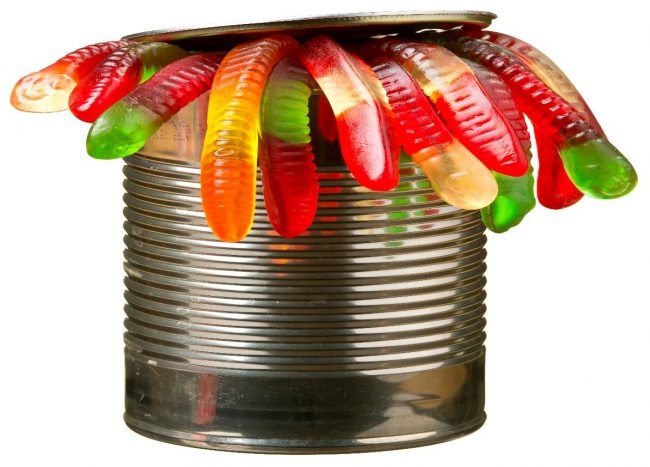By Michael O’Neill, Agility FX, Senior Analyst
President Donald Trump did not invent the term “Fake News” but he sure did make it part of the common vernacular in America and in record time as well.
In June 1980, a fledgling twenty-four hour, all news channel was launched in Atlanta Georgia. It was CNN. In its thirty-seven year history, CNN has been the recipient of numerous awards for journalism. It won four Emmy Awards at the 37th Annual News and Documentary Awards on September 21, 2016 and was ranked #8 in all of Cable Prime time in 2016. CNN International was named News Channel of the Year in 2013 and 2014 by the Royal Television Society of Great Britain. Not a bad pedigree.
President Trump is not a fan of the network. He calls CNN “Fake News”. He branded it that way in reaction to a series of poorly researched, negatively slanted and sometimes blatantly false articles about numerous things including attendance at his inauguration, the ban on refugees from seven countries and the wall between US and Mexico. He is so irked at CNN, he has even refused to take questions from CNN reporters.
He may have a point.
President Trump has been the victim of a couple of “Fake News” stories including one where Russia had damaging video of the President. Time Magazine ran a story that Mr. Trump had removed the bust of Martin Luther King from the oval office and were forced to apologize. Mr. Trump has been accused of banning Muslims from the United States when in fact the ban didn’t say Muslim it referred to immigration and refugees from seven nations; Syria, Iran, Iraq, Libya, Sudan, Somalia and Yemen. CNN may not be a “Fake News” organization but in their haste to paint President Trump in a negative light, they appear to have lowered their standards when it comes to properly authenticating articles.
On the other, hand, President Trump is also guilty of “Fake News”. He got his knickers in a knot over press reports about the number of attendees to his inauguration. Trump claimed attendance of around a million and a half people. Photographic evidence suggests the numbers were a lot less.
In World War 1, Hiram Johnson, a senator from California, coined the phrase: “The first casualty, when war comes, is truth”. One hundred years later that phrase can be updated to say: “The first casualty, covering US politics, is truth”.
The US dollar was knocked for a loop on January 31. The Financial Times reported that Donald Trump’s top trade advisor, Peter Navarro, said the euro was an “implicit Deutsche Mark” whose low valuation gave Germany an advantage over its trading partners. President Trump had accused China of being a currency manipulator and made it part of his election campaign. He recently added Japan to the list.
Was that a declaration of “Currency War?” Will this be a “date which will live in infamy?” Hardly.
There is no doubt that the US dollar has strengthened significantly against the Chinese Renminbi, Euro and Japanese Yen in the past 3 years. The proof is in the pudding and in the charts below.
Chart: USDJPY (black line) and USDCNH (orange line) daily for three year
 Source: Saxo Bank
Source: Saxo Bank
Chart: EURUSD daily 3 years
 Source: Saxo Bank
Source: Saxo Bank
President Trump is correct in his statement that the currencies of Germany, Japan and China have devalued. Unfortunately, the reasons for the strength are a can of worms nestled amidst a plethora of geopolitical and economic issues.

The can of worms of global issues isn’t as tasty as these gummies Photo Shutterstock
The most simplified explanation for euro and yen strength is interest rate differentials. The European Central Bank(ECB) overnight rate is 0% and the Bank of Japan (BoJ) overnight rates is negative 0.06. The US Fed Funds rate is 0.63%. More importantly, the risk is for both ECB and BoJ rates to decline further. US interest rates are projected to rise by 0.75% in 2017.
China is its own Rooster. USDCNY has been rising due to capital outflows. The Washington D.C based Institute of International Finance estimates that China had a record $725 billion in net capital outflows in 2016. There are a host of other issues affecting the renminbi but that outflow explains a lot of the move.
President Trump has yet to offer details of his highly-touted infrastructure spending and tax cut plans. The prevailing wisdom argues that fiscal stimulus of this size would be inflationary. If so, the risk of US inflation overshooting the Fed’s 2% target could lead to US interest rates rising higher and faster than expected. Rising interest rates would lead to a higher US dollar.
And that’s why talk of a “Currency War” is fake news. If it was real, the Trump Administration would have to declare war on themselves.





